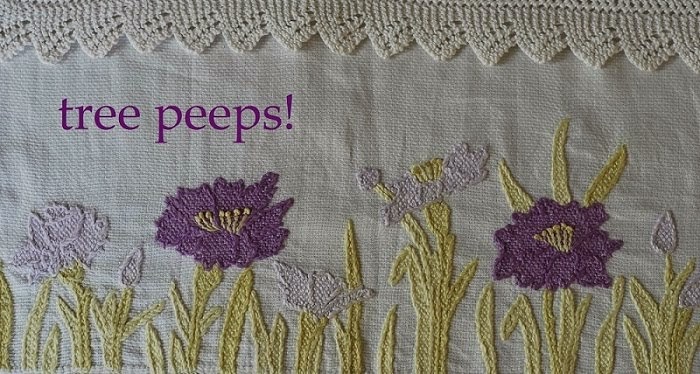
(A great compilation of translated Icelandic Sagas)
Iceland has an incredible literary history.
Iceland has an incredible literary history.
The consensus is that most of the history of events, genealogy, stories (sagas), and legends from about 900 -1000 AD were orally recorded and passed down before they were physically written in the 13th Century.
Record keeping and genealogy was an important aspect of the Norse - and consequentially Icelandic - society as evidenced by it's strong presence in the manuscripts available today. Early Icelandic writings are a variety of both poem and prose.
Songs/poems/chants were composed for celebrations or to commemorate events and those who were skillful at recording events in beautiful verse were highly respected. The collection of poems we have called The Eddas are the main source for our knowledge of Norse Mythology (since paganism was driven from mainland Scandinavia by force and the manuscripts there were destroyed. There will be more about this in the "Religion" post coming soon).
Sagas are prose stories interspersed with poetic verse typically about the family affairs of farmers and their occasional family feuds.
The Icelandic Sagas, or Íslendinga sögur, are acclaimed for their realistic portrayal of human frailties and their glimpses into Icelandic life of the time period. They are about 3rd and 4th generation Icelandic settlers living in goðorð. Usually, the sagas are about the goði or someone in their household. Often someone is insulted and a domino effect of honor retaliation brings clans into feuds. Women have a large presence in Icelandic Sagas; they have strong, confident characteristics and run the domestic affairs of the household. They play political roles by convincing the men into pursuing retaliation or offering forgiveness for insults depending on the character of the woman - or by starting feuds outright themselves.
Unfortunately, it's been a while since I've read through some sagas - and my book is out on loan - so I can't remember any to summarize here. Dramatic events like someone stealing cheese and then giving it out as gifts to visitors who happen to mention to each other that they all got the same kind of cheese that was reported missing and they realized their host is the thief. OR, someone being strung up by their Achilles tendons after instigating a feud and they survive the ordeal. Njall's Saga is one of the most famous sagas; it is pretty long, about the length of a medium sized novel. One of the main characters, Njall, is a good, honest man but is insulted for his inability to grow facial hair. A family feud ensues and he is eventually burned in his house.
On another note, Icelandic Sagas are full of kennings - short, descriptive phrases for objects used to add detail to stories. I'm sure you've heard of these...things like "man-slayer" (for a sword) or "sea-steed" (for a ship), etc. These were used not for lack of vocabulary, but for love of descriptive language.
Due to the nature of Old Norse (and modern Icelandic) word order is less important in sentences because each word is conjugated and declined (more to come in a post on the Icelandic language) giving contextual information to each word and more freedom for rhyme and artistic expression.
Fast forward to the modern era and Iceland is one of the most literate countries with the highest number of authors per capita. The most well known Icelandic author is Halldor Laxness; he won the Nobel Prize in Literature (1955). One of his books I have read is Paradísarheimt, or Paradise Reclaimed; it's about a family in Iceland in the mid-1800's who converts to Mormonism and moves to Utah to live with Brigham Young. I'm serious. (More in a future post on Religion in Iceland).

No comments:
Post a Comment